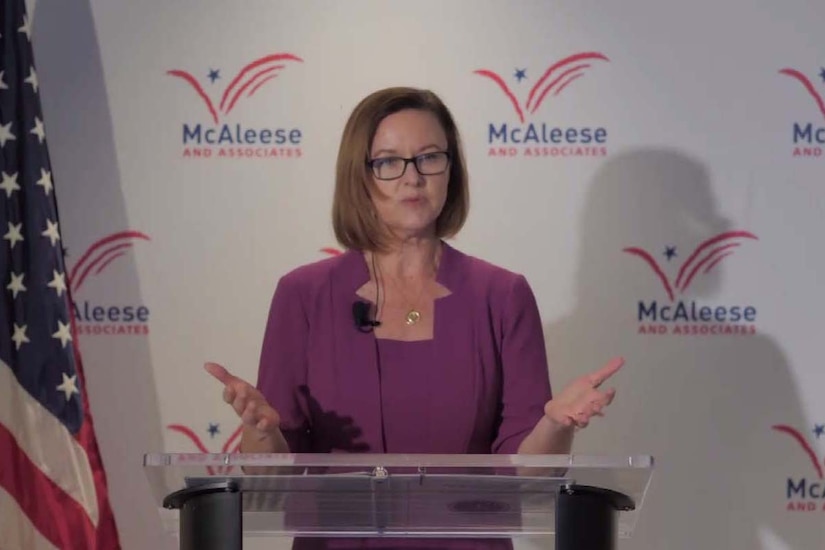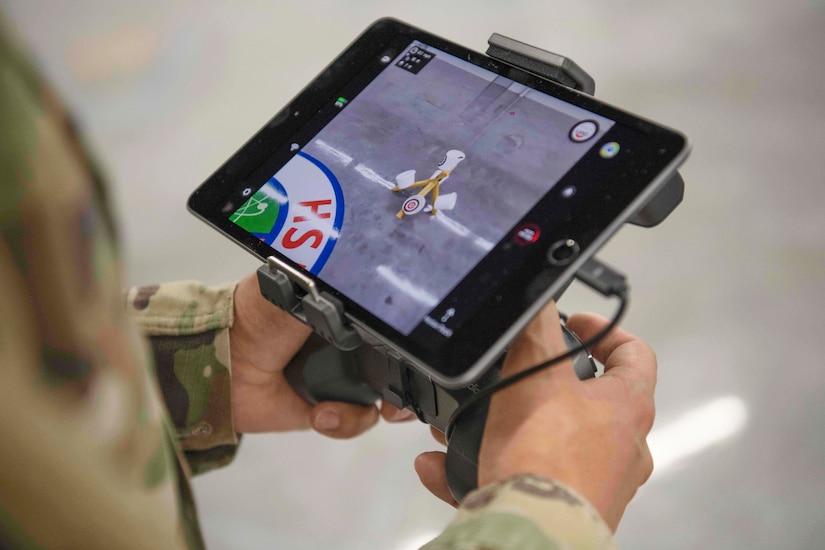May 14, 2021 | , DOD News

Stacy A. Cummings, performing the duties of the under secretary of defense for acquisition and sustainment, spoke yesterday at the McAleese FY2022 Defense Programs conference.
To keep pace with advanced and persistent threats from China and Russia, the department must go further in acquisition and sustainment reform, she said.
Over time, the acquisition system evolved into what some people have called "a one size fits all model," she said, explaining that it used a checklist approach for system parts, a lot of oversight and it didn't really enable speed.

From the start of a program to initial operating capability, where systems were tested, took nearly eight years, she noted.
As a result, the department looked to transform the acquisition process and a lot was accomplished in the last year. "Our goal was to deliver a defense acquisition system that is flexible, that allows for tailoring, and empowers critical thinking and common sense decision making, with the outcome being an acceleration of delivery and timelines," she said.
During 2020, a record 13 acquisition policies were published, she said. "This has been, at least in my experience, among the most transformational changes to acquisition policy in years, and we really anticipate this change in policy having really sustaining, enduring and positive effects to the department for years to come."

Cummings said the redesign in policy can be broken down into six discrete pathways that are meant to be used individually or together, specifically tailored to the capabilities that the program team has been asked to deliver to the warfighter. They are:
- Urgent capability acquisition
- The middle tier of acquisition
- Major capability acquisition, which is the traditional milestone-based approach
- Software acquisition
- Defense business systems
- Acquisition of services.
Cummings said she didn't want this to be a series of policy documents that people would pick up and read from cover to cover. "What I was really looking for is that it would be interactive, and you would use the policy to help inform decision making exactly when you need it."
Rapid delivery of software upgrades used for weapons and communications systems and making them cyber secure is another priority of the department, she said.

Cummings also touched on the need to address any future shortages of medical supplies, microelectronics and critical minerals, by working closely with interagency partners like the Department of Commerce, the Department of Treasury and the Department of Health and Human Services.
In the future, DOD will be using artificial intelligence and machine learning to better manage its sprawling supply chain and reduce vulnerabilities, she added.











